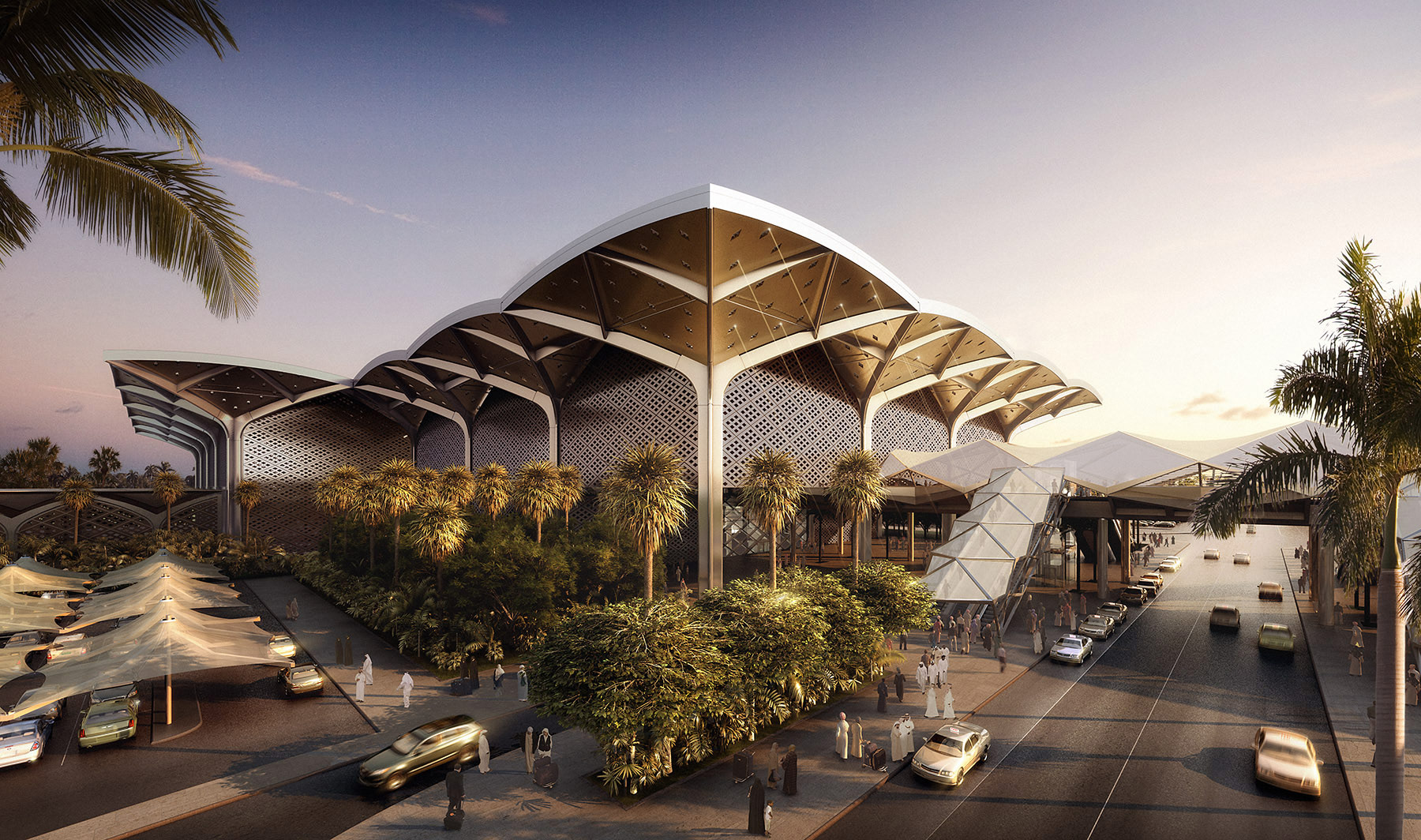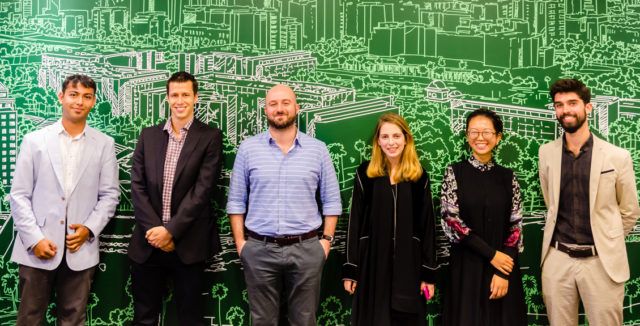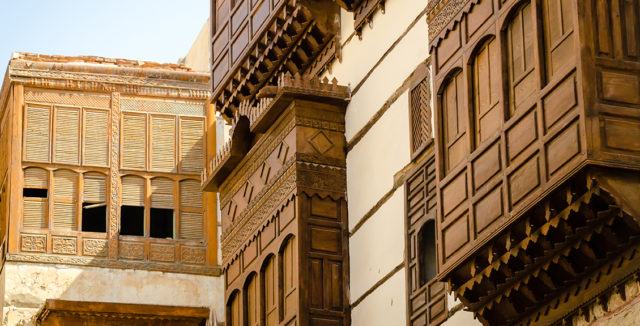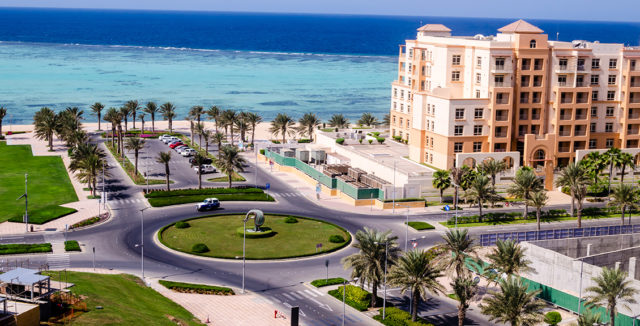
Impact KAEC Challenge: Reflections from our Week-long Workshop
novembre 19, 2015 — Uncategorized
The world’s greatest cities – Paris, London, Tokyo, New York, etc – have been around for centuries. These cities started small, grew outward, and, as land became scarce, densified upwards. But what happens when a city is created from scratch within a time frame of decades rather than centuries? King Abdullah Economic City (KAEC) is just one of many new projects of epic proportions. Situated along the Red Sea on the western coast of Saudi Arabia, KAEC is one of the largest, new urban developments on the planet. This year, for the 2015 Impact KAEC Challenge, we traveled to KAEC to discover the massive project and were faced with a challenge to come up with key ideas on how to build value for its residents, visitors, and businesses.
Our newly formed team came together from diverse academic backgrounds and nationalities:
- Mike Angrove – Canada: an urban planner working in Calgary;
- Pradipta Banerjee – India: an urban designer
- Sara Alkayali Alalam – Syria: a civil engineer pursuing a graduate degree in construction engineering and project management
- Yi Li – China: an architecture and real estate graduate student
- Marc-Edouard Schultheiss – France: an architecture and civil engineering graduate student

We participated in a week-long workshop in KAEC, which began with a guided tour of the planned city, presenting the history behind how the project began. In the early 2000s, the young population in Saudi Arabia was growing rapidly and it was becoming increasingly difficult to find employment. Creating a new economic city such as KAEC had the potential to provide employment within its port, industrial valley, and central business district, as well as allowing the young Saudi population to create their own opportunities in a city that promotes startups, innovation, and entrepreneurship. The renowned development company, Emaar, took on the challenge of creating the new city.
Throughout the workshop week we were given in-depth presentations by KAEC leaders who took the time to describe the many facets of planning and designing a new city, as well as answering any questions we had. Their knowledge allowed us to see into the inner workings, the opportunities, and the challenges of designing a new city. Upon this foundation we will propose twenty-five ideas for creating and building value for current and future residents, visitors, and businesses. These ideas will be compiled into a report that will be presented at the Cityquest-KAEC Forum in December.

In addition to our time in KAEC, we also had the opportunity to visit the historic district of Al Balad in Jeddah. The contrast between an ancient city and a new city was striking, but it also offered us many opportunities for a transfer of knowledge and culture. Old cities have, for the most part, utilized trial and error to understand what works and what doesn’t in a city, and Jeddah’s living lab of urbanism is a relevant and neighboring case study for KAEC. Take for instance the intricately designed window bays found on the buildings in Jeddah that protect the indoors from direct sunlight, or the interior courtyards with shallow pools that allow for cooling through evaporation. These architectural initiatives are not only practical, but they also reflect Saudi Arabia’s unique culture and identity.
It is this identity that we believe has the most potential for improvement within KAEC. When building a new city, it is very easy to pick best practices from successful international cities and implant them into KAEC, without taking into account the local contexts that made these best practices work. These practices may not be a perfect fit due to a very different socio-cultural environment. It is, therefore, critical to analyze best practices in conjunction with local Saudi culture to ascertain if these solutions could be integrated.
The second area of improvement we see is in the distinct segregation of land uses and people. The evolution of older cities over a long period of time has allowed for a blend of uses and, therefore, a blend of people. Modern planning principles call for the mixing of socio-economic classes, which is beneficial for the overall health of a city. Walls, both physical and mental, divide a city.
Over the next 50 years KAEC will be converted from a desert into a city of just under two million people. Over this timeline many things can and will change. What is crucial is for the city and its master plan is to evolve and remain flexible, not just in changing with the times, but also in allowing the citizens to make the city theirs: to truly create an identity that is unique to KAEC while still retaining aspects of Saudi Arabia’s culture.


Our Impact KAEC Challenge team is devising urban initiatives in response to the challenges that face King Abdullah Economic City. Find out more.